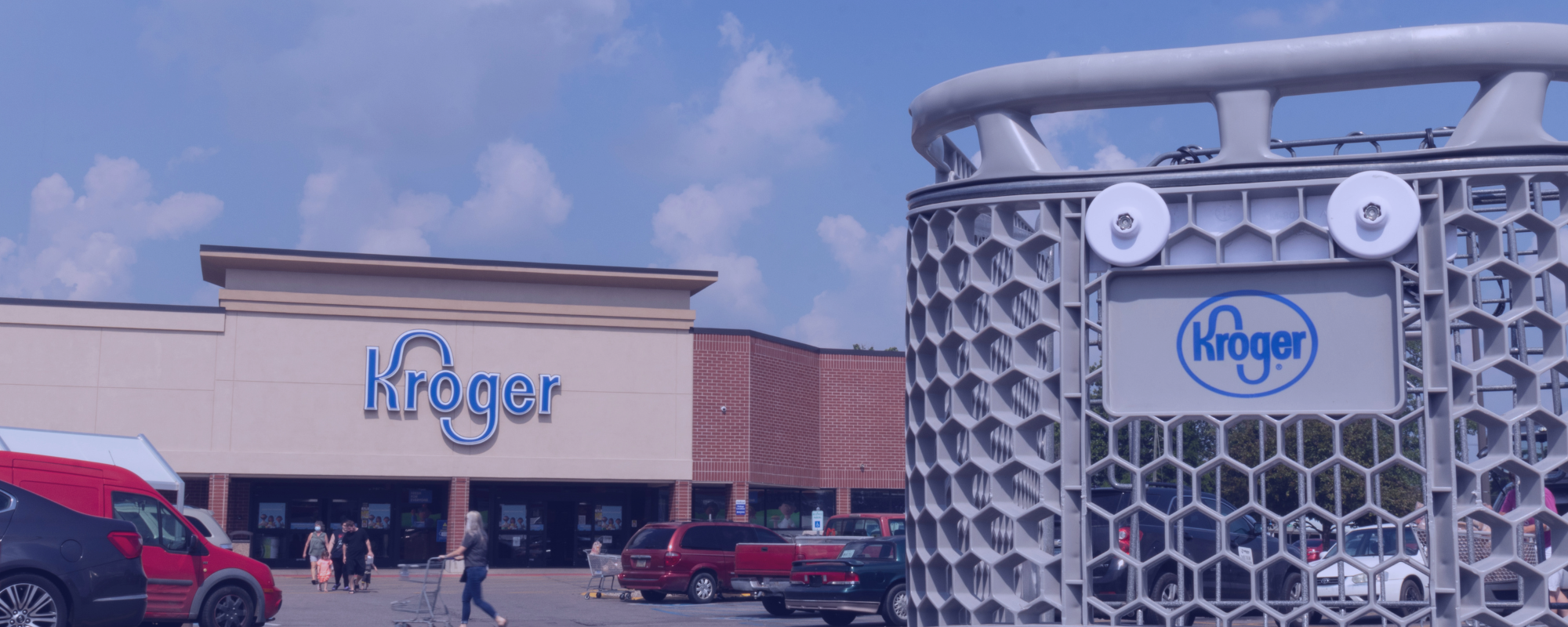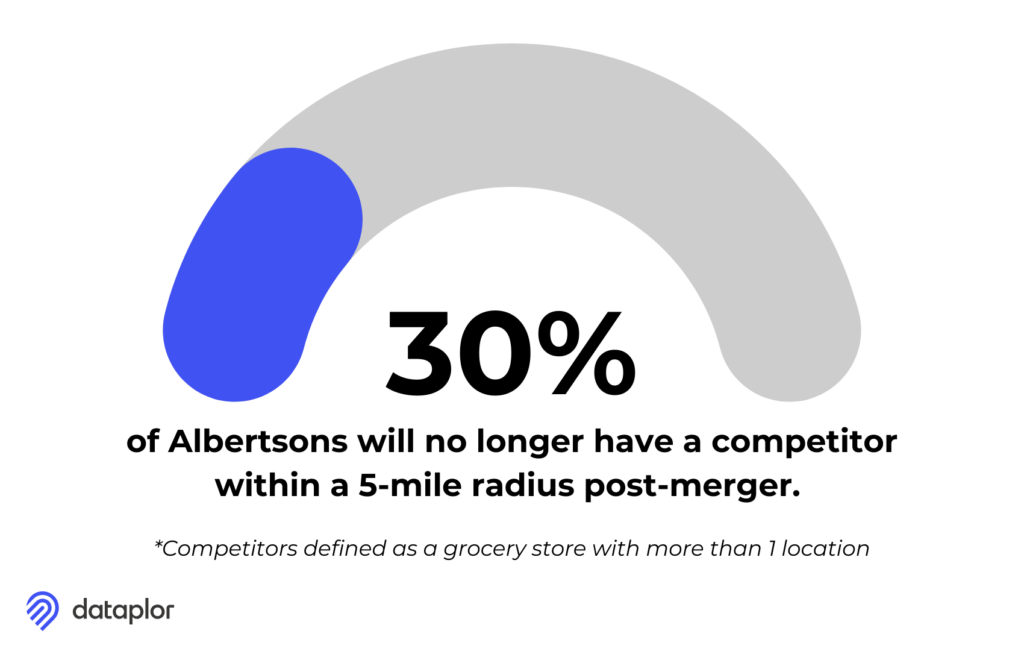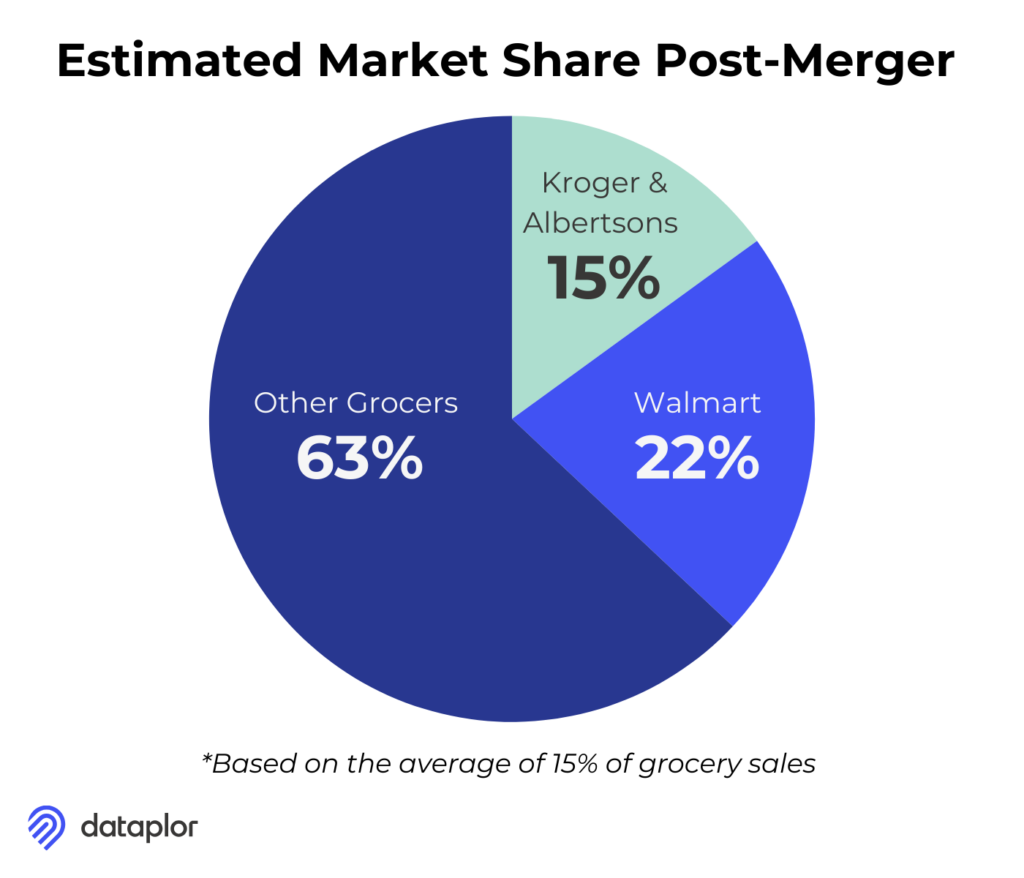
As Court Decisions Loom, What Will the Kroger-Albertsons Merger Mean for the Grocery Landscape?
The proposed $24.6 billion merger between grocery giants Kroger and Albertsons has already found itself under intense legal scrutiny, with trials recently concluding in both Washington state and Colorado. Set to make their rulings in mid-November, these states, along with a federal case, are weighing the merger’s potential impact on competition, consumer prices, and jobs.
In Washington, where nearly half of the state’s grocery market could be affected, Attorney General and Governor-Elect Bob Ferguson argues that the merger would stifle competition and raise prices, eliminating daily battles between Kroger and Albertsons stores over promotional pricing, product quality, and even store hours. Meanwhile, in Colorado, Attorney General Phil Weiser echoes these concerns, challenging the adequacy of Kroger and Albertsons’ proposed divestiture of 579 stores—a plan intended to maintain market competition.
While Kroger and Albertsons contend that the merger is essential to competing with Walmart’s market dominance, regulatory authorities, labor unions, and consumer advocacy groups remain skeptical. dataplor’s analysis of Point-of-Interest (POI) data offers insights into what this merger could mean for the future of grocery shopping and mergers in the U.S.
Where the Overlap Matters Most
With over 4,000 Albertsons locations across the U.S., our analysis reveals that 37% of grocery stores within a 5-mile radius of an Albertsons are Kroger-branded. As we expand the radius to 10 miles, Kroger’s share increases to 40%. These figures represent more than just proximity; they signify a potential consolidation that could fundamentally reshape competition and limit options for millions of shoppers. This overlap is particularly pronounced in states like Arizona, California, Colorado, Oregon, and Washington, where both chains have substantial footprints and where the greatest number of divestitures are planned if the merger goes through.
Compounding this, 30.3% of Albertsons locations have Kroger as the only other major grocery competitor within 5 miles—excluding smaller bodegas and specialty stores. If the merger is approved, these stores would lose their only direct competitor, potentially leading to fewer choices, higher prices, and diminished market innovation for local consumers.

What’s at Stake for Consumers?
As legal battles unfold, the data tells a compelling story about what could change for consumers. Combined, Kroger and Albertsons would control 13-18% of U.S. grocery sales, depending on the metric used. This level of consolidation could reduce competition in markets where the two already have strong footholds, particularly in states with significant overlap. Critics, including the Federal Trade Commission (FTC), caution that removing this competitive tension would lead to higher prices, reduced consumer choice, and potential job losses.

If approved, the merger will redefine grocery shopping for millions. dataplor’s data-driven analysis sheds light on potential shifts in market dynamics and the impact on local competition. As we await court decisions that will determine the fate of this deal, understanding market concentration and geographic overlap has never been more critical for businesses navigating change.
Want to uncover the data-driven insights that power strategic decisions? Contact dataplor to explore how our expertise can guide your understanding of market dynamics and help you seize emerging opportunities.


